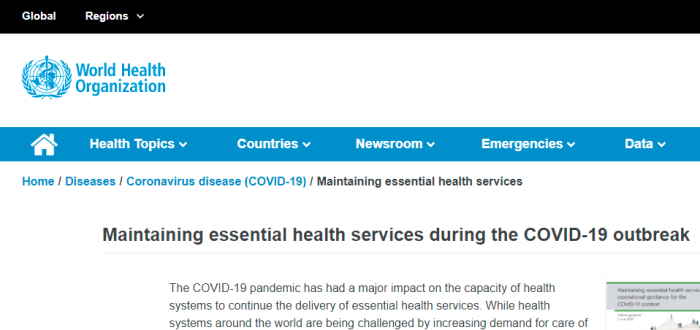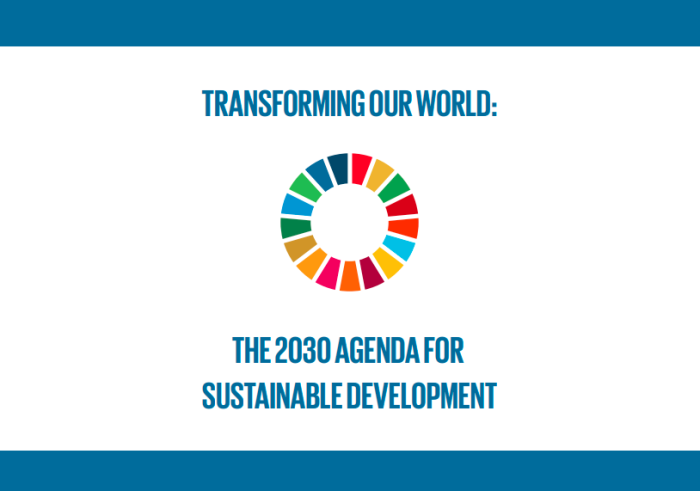
The World Health Organization openly posts and discusses some pretty disturbing and messed up data on abortion worldwide. (See archive).
This expands on a recent Canuck Law article, which estimates that there have been over 4.2 million abortions just in Canada since 1970. This averages out to approximately 20% of pregnancies being willfully terminated. Few are aware of just how big this problem is.
Here are some claims W.H.O. promotes:
- Abortion is a common health intervention. It is safe when carried out using a method recommended by WHO, appropriate to the pregnancy duration and by someone with the necessary skills.
- Six out of 10 of all unintended pregnancies end in an induced abortion.
- Around 45% of all abortions are unsafe, of which 97% take place in developing countries.
- Unsafe abortion is a leading – but preventable – cause of maternal deaths and morbidities. It can lead to physical and mental health complications and social and financial burdens for women, communities and health systems.
- Lack of access to safe, timely, affordable and respectful abortion care is a critical public health and human rights issue.
And this one is a doozy:
Around 73 million induced abortions take place worldwide each year. Six out of 10 (61%) of all unintended pregnancies, and 3 out of 10 (29%) of all pregnancies, end in induced abortion

This claim is based on work from Bearak J, Popinchalk A, Ganatra B, Moller A-B, Tunçalp Ö, Beavin C et al, which covered estimates from the years 1990 through 2019. They used a “Bayesian framework”, meaning dta on pregnancy intentions and abortion were compiled from country-based surveys, official statistics, and published studies found through a literature search. So, it’s not just a straight compilation, but estimates as well.
Of course, if this figure of 73 million, per year, is even remotely accurate, it would be somewhere between 2 and 5 billion children have been aborted since the 1970s, when the movement really took off.
Restrictive abortion regulation can cause distress and stigma, and risk constituting a violation of human rights of women and girls, including the right to privacy and the right to non-discrimination and equality, while also imposing financial burdens on women and girls. Regulations that force women to travel to attain legal care, or require mandatory counselling or waiting periods, lead to loss of income and other financial costs, and can make abortion inaccessible to women with low resources.
Estimates from 2006 show that complications of unsafe abortions cost health systems in developing countries US$ 553 million per year for post-abortion treatments. In addition, households experienced US$ 922 million in loss of income due to long-term disability related to unsafe abortion. Countries and health systems could make substantial monetary savings by providing greater access to modern contraception and quality induced abortion.
A set of scoping reviews from 2021 indicate that abortion regulations – by being linked to fertility – affect women’s education, participation on the labour market and positive contribution to GDP growth. The legal status of abortion can also affect children’s educational outcomes, and their earnings on the labour market later in life. For example, legalization of abortion – by reducing the number of unwanted pregnancies and thus increasing the likelihood that children are born wanted – can be linked to greater parental investments in children, including in girls’ schooling.
Does W.H.O. condemn the hundreds of millions — if not billions — of lives that are lost through this? Not exactly. The rights of the unborn never seem to factor into the equation.
W.H.O. attempts to make several economic arguments as to why abortion should be legal and as accessible as possible. Of course, they don’t seem to bother with addressing the long term physical and psychological impacts of women who do abort their children.
The World Health Organization also has its own division on Sexual and Reproductive Health and Research (SRH). (See archive). It’s funded both by various governments and private companies, including the Bill & Melinda Gates Foundation. (See archive). They always seem to be around whenever there are population reduction programs involved.

5.6 Ensure universal access to sexual and reproductive health and reproductive rights as agreed in accordance with the Programme of Action of the International Conference on population and Development and the Beijing Platform for Action and the outcome documents of their review conferences
Enshrining abortion is also written right into Agenda 2030, which was signed by “Conservative” Stephen Harper in 2015. (See archive). It’s item #5.6 on the Treaty.
One might think it strange that population control groups are interested in keeping abortion legal and readily available. Then again, once one realizes the scale of this mass infanticide, things start to make a whole lot more sense.
Furthermore, the W.H.O. and U.N. link to the U.N. Population Fund, their 2014 Programme of Action, and to the Beijing Declaration And Platform For Action. (See archive). In a sick twist, abortion is promoted as women’s rights, and pregnancy an often unwanted evil.
Of course, 50% or so of the babies who are killed would have grown up to become women. This is something that many women’s rights groups don’t get, or at least pretend they don’t.
It’s interesting that groups like the United Nations claim to be against child exploitation and human trafficking. That said, they support encourage practices that ensure the deaths of countless unborn, while their remains can be sold off for a variety of purposes.
It’s even more disturbing that the U.N. keeps detailed and up-to-date records of abortion regulations across countries. Guess it’s one way of tracking where the most victims are likely to come from.
Has abortion been stopped, or slowed over the last 2 1/2 years during this so-called pandemic? Not at all. In fact, it’s one of the few things that were still available in Canada the entire time. Sure, weddings, churches, and funerals were “non-essential”. However, abortion, weed and liquor were still accessible.
SOURCE MATERIAL
(1) https://www.who.int/news-room/fact-sheets/detail/abortion
(2) https://canucklaw.ca/eugenics-in-canada-20-of-babies-aborted-in-pro-choice-movement/
(3) https://pubmed.ncbi.nlm.nih.gov/32710833/
(4) https://www.who.int/teams/sexual-and-reproductive-health-and-research-(srh)/human-reproduction-programme
(5) https://archive.ph/uyd8J
(6) https://www.who.int/teams/sexual-and-reproductive-health-and-research-(srh)/human-reproduction-programme/donors
(7) https://archive.ph/7tb5Q
(8) https://www.un.org/ohrlls/sites/www.un.org.ohrlls/files/2030_agenda_for_sustainable_development_web.pdf
(9) 2030 Agenda for Sustainable Development web
(10) https://www.unfpa.org/publications/international-conference-population-and-development-programme-action
(11) https://www.unwomen.org/sites/default/files/Headquarters/Attachments/Sections/CSW/PFA_E_Final_WEB.pdf
(12) https://canucklaw.ca/wp-content/uploads/UN-Beijing-Declaration-And-Platform-For-Action.pdf
(13) https://www.who.int/emergencies/diseases/novel-coronavirus-2019/related-health-issues
(14) https://apps.who.int/iris/bitstream/handle/10665/331561/WHO-2019-nCoV-essential_health_services-2020.1-eng.pdf?sequence=1&isAllowed=y
(15) WHO-2019-nCoV Essential Health Services 2020 March 2020
(16) WHO-2019-nCoV-essential_health_services June 2020
(17) https://www.un.org/en/development/desa/population/publications/pdf/policy/AbortionPoliciesReproductiveHealth.pdf
